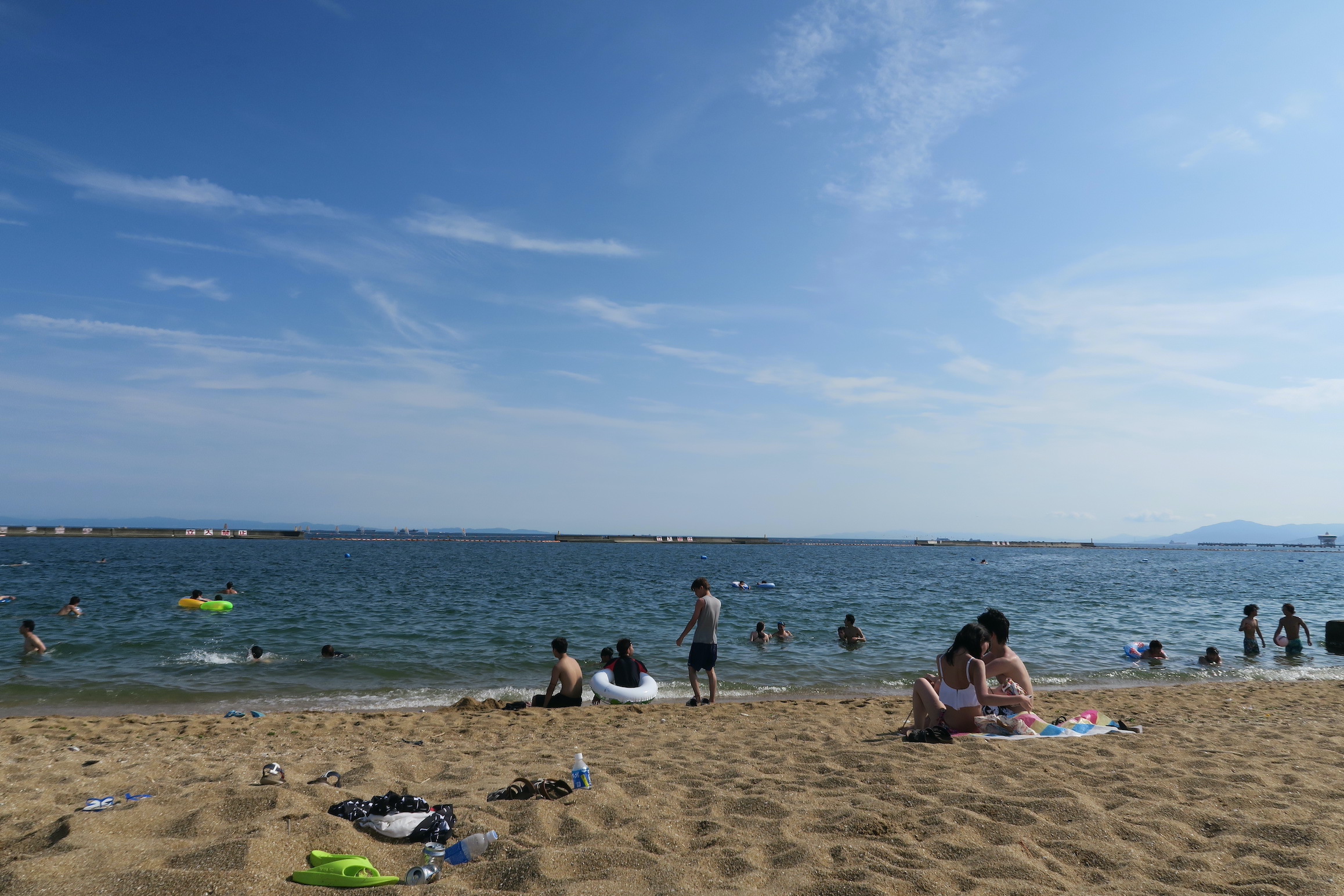
Where do you live for your well-being?
Always, our well-being depends on the environment and/or atmosphere of our living place. Are you satisfied with your living environment at your home now? Here we would like to introduce research and books published recently related the subject, well-being life.
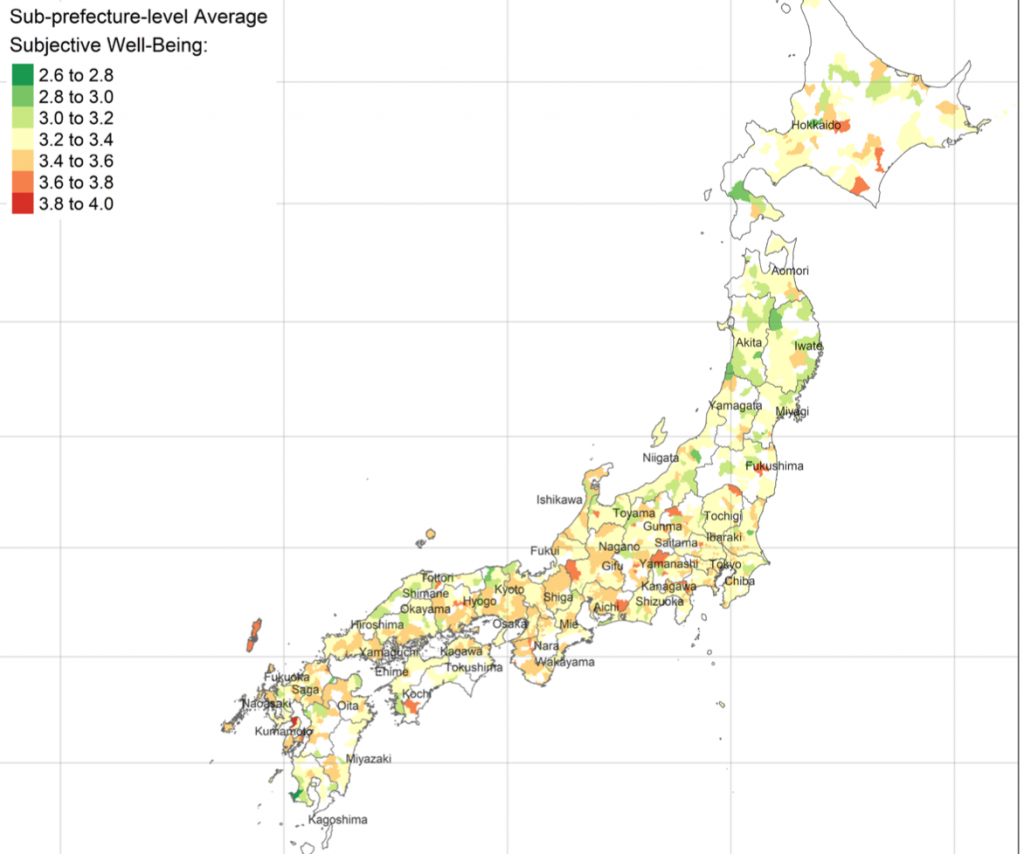
C. Li and S. Managi (Kyushyu University) published a paper in Scientific report in terms of correlation of living place and well-being based on their research with a questionnaire to about 300,000 people living in about 1800 towns and cities in Japan in terms of their feeling of well-being at their living place (Land cover matters to human well-being, by C. Li and S. Managi, Scientific report (2021)11, 15957). Their research results are introduced here briefly. One of the results is shown in Fig. 1 as an example of this study’s results. The authors ask how people feel about their well-being in the questionnaire, and request their answer as in five different ranks from happy (5) to unhappy (1). An average score of this well-being feeling in a town and/or an area is further classified into 7 grades which are shown by different colors in the figure (brown-red, most happy; green. not happy; yellow, average). As shown in the Figure 1, you can see how people in your living area feel about their well-being. This result tells us that people living in urbanized areas feel better well-being than in rural areas. However, Tokyo area, the most urbanized in Japan, does not show the highest score, showing an average score (yellow). Probably, the over-crowded situation in such a huge city has caused a negative effect on the score. Interestingly, in the Kansai area surrounding Osaka, Kyoto and Kobe, and its neighboring areas, people feel better well-being, above average score in Fig. 1. One of the most impressive results are several areas near local big cities show the highest score (brown-red). And Tsushima island in Japan sea shows the highest score, it is isolated from the main island of Japan. These results may contribute to the future plans of rural areas in Japan as the authors describe. In general, careful analyses may be needed for this type of planning because the results are not as simple as shown in the Fig. 1.
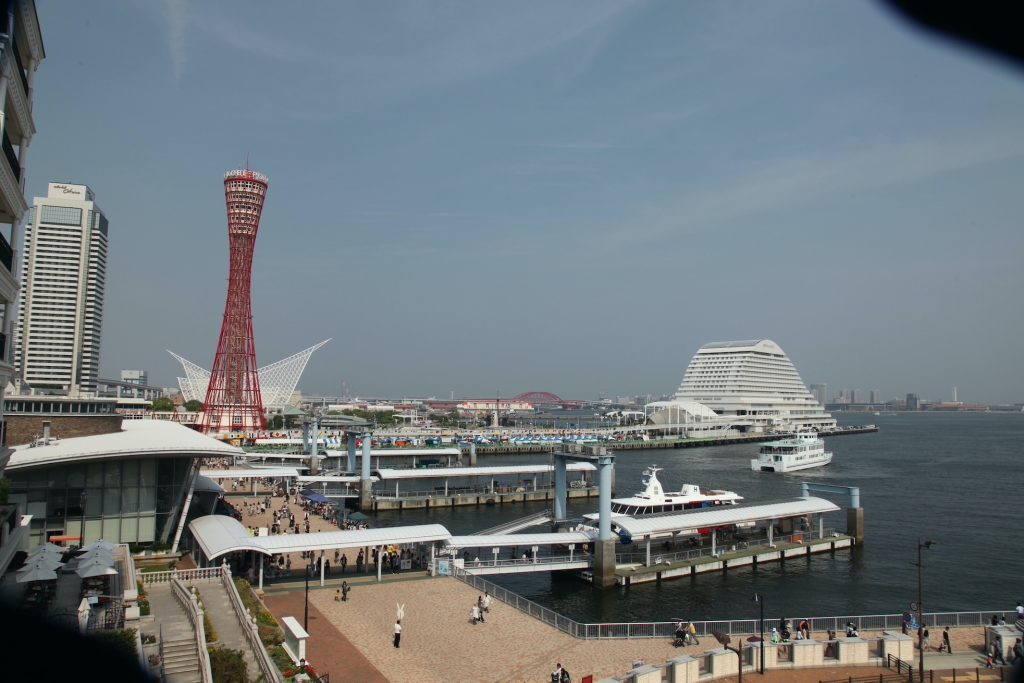
In this research the land cover data of whole Japan based on pictures of landcover taken from a satellite, Landsat in 30 km resolution is used. This data is correlated to the wellbeing data. The landcover is classified into 5 categories, urbanized area, agriculture field, rice field, vacant area, and forest. The urbanized area described above is defined as an area with many buildings and houses. Therefore, the conclusion in the research is that an area with the better wellbeing is related more to an area with a big number of houses and buildings than a rural area with less living people like field and/ or forest.
According to this research result in Fig.1, Awaji Island area shows an average score, similar to that in Tokyo (yellow), although urbanization in Awaji Island is not so high.
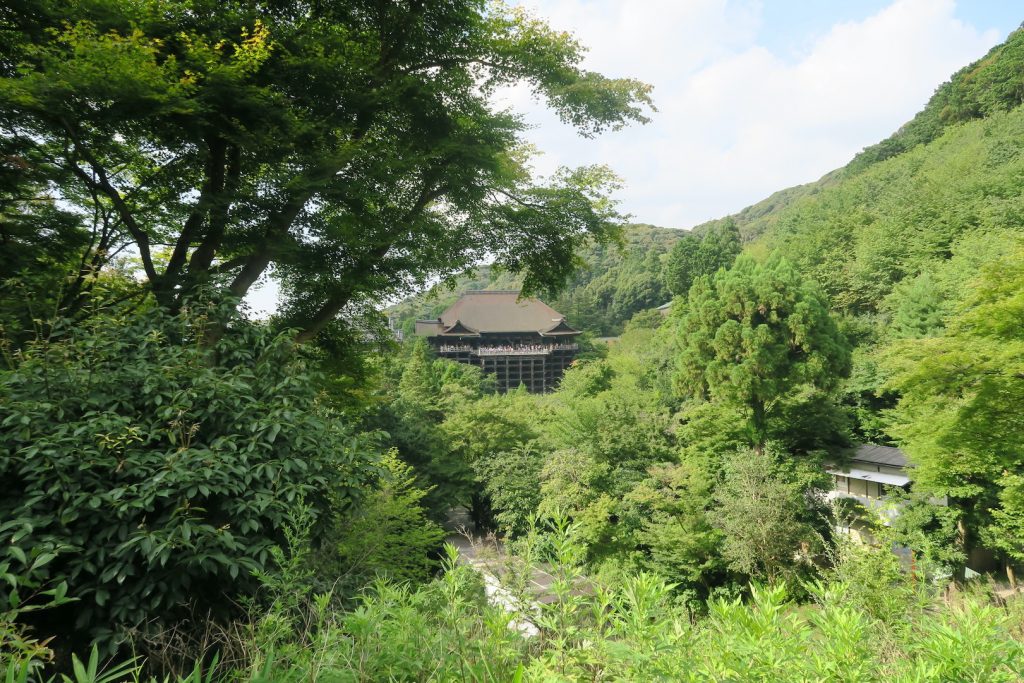
The results raise two questions. Firstly, what is the definition of well-being life in a Japanese individual? Secondly, in non-urbanized areas or rural areas, the definition of well-being might be different from that in urbanized big cities? Therefore, in rural areas, some other factors which may complement low score of well-being may exist?
To these questions, the authors in the research described above suggest that the higher income in urbanized areas than in rural areas is an incentive for the well-being life in the urbanized areas. So, in non-urbanized area like Awaji Island well-being might be different from that in the big-cities based on the higher income. Related to this question, it is interesting to know that a half of people over age 80 in Awaji Island still work actively as a farmer and/or a fisherman. In contrast to this, only 10 percent of people over age 80 in Awaji Island work in the area of service and commerce. It looks like that many people in Awaji Island enjoy a life-long work as s farmer and/or a fisherman. In Kobe city area only 0.7 percent of the population work as a farmer and/or fisherman, which is quite different from Awaji Island, 15 percent of the population is involved in agriculture and fishery. A life with agriculture and fishery, the ability to produce your own daily foods, may be a big joy in Awaji Island as well as in other non-urbanized areas in Japan.
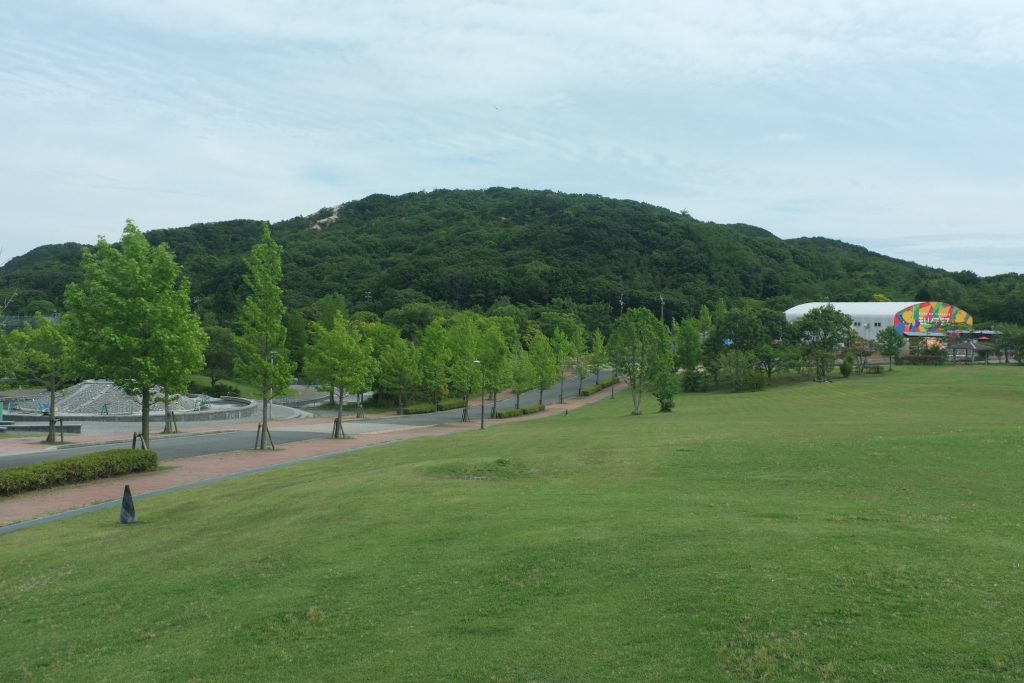
Now let’s introduce the second topic in this article. It is a report by Takahiro Yamada in terms of “Eco-village and perma-culture” (Agriculture village planning (in Japanese) (2011) 30, 50-55). In this report Yamada claims that a daily life in the big cities will reach the end soon because limited things are left for the current lives using high tech and a lot of energy. He says that we need to pursue a society without mental troubles, towards a sustainable life. Many people in the world try to start sustainable lives by themselves. Yamada also has started a model of new life based on this new trend called “Ecovillage”. He lives now at Fujino town in Kanagawa prefecture in Japan to establish a model of sustainable life in collaboration with some people. They live together in a shared area in a special type of house where the families support for each other.
COVID pandemic has given a new idea to answer the second question above. That is, the use of technology to get a job anywhere even from local areas far from the big cities which can increase your income. This trend also enhances the activities of musicians and artists in general. Because of the trend, people living in local areas can enjoy music and arts now through technology. In local areas, it may not be easy to make a new community like in the big cities. But this also becomes easier through technology, through using SNS.
We have some fears for our future because such harsh economic activities by humans might use-up resources on Earth. People who believe in this idea have already started to take action against the crisis. Based on such movement, United Nations announced a new program called SDGs (Sustainable Development Goals) to the international community in 2015. In the program they claim that we need to establish sustainable living environment, economy, society and others as shown in the 17 issues of the program. This program is an alarm to the international community regarding how important it is to establish a sustainable world.
Finally let us introduce a new book in which the author Mihoko Sakurai tells us of some examples of cities in the world that could be renovated based on SDGs (World City Strategies (in Japanese), Mihoko Sakurai, (2021) Gakugei publishing Co. Kyoto). She describes that a qualified sustainable city has to be resilient. “Resilient” means that individual people, systems, businesses and society have an ability to grow by themselves to adopt in a new environment surrounding them. This looks at an overlap of Resilience and SDGs. Rockefeller foundation at New York supports 100 cities in the world to establish resilient cities (100 Resilient City program (100RC)) as a model. Since raised issues and plans of the cities are quite diverse, please take a look at the book on your own. Here, two important aspects by the author are introduced. Firstly, the program requests raising issues of each city to be solved. These issues are divided into two categories. 1. Long term issues like over increase or decrease of population, and aging of people and infrastructures. 2. Short term issues like earthquakes and typhoons. The issues may be similar to other cities in the world. Second, the program requests a slogan, or a key word of each city. People in other cities can share the issues, the ideas in the program easily based on the slogans. In terms of the ideas to solve issues, the author mentions IT and digital technology as the most important targets. As described here, many challenges to accomplish SDGs are going on in the world.
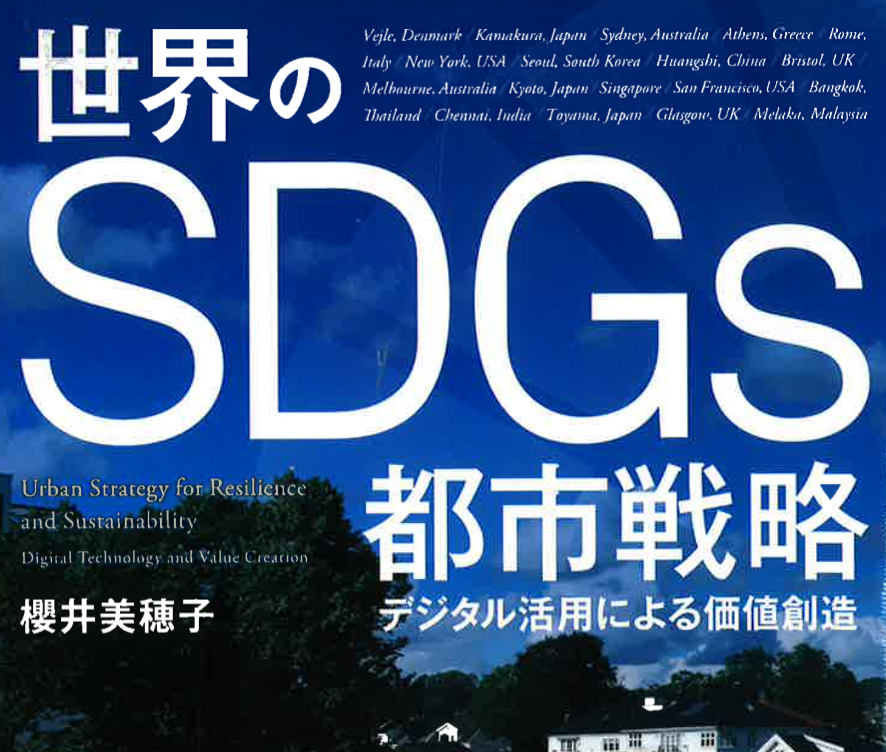
In Awaji Island three cities, Awaji, Sumoto and Minami Awaji, show a new program to renovate the environment of the island, called “environment and future oriented island program” in 2011. Based on this program Awaji people are moving toward establishing sustainable lives, sustainable energy supply, and sustainable food supply. In 2020, the cities raise another program called “lifelong employment and longevity Island”. We need to work hard to accomplish this goal in Awaji Island.
